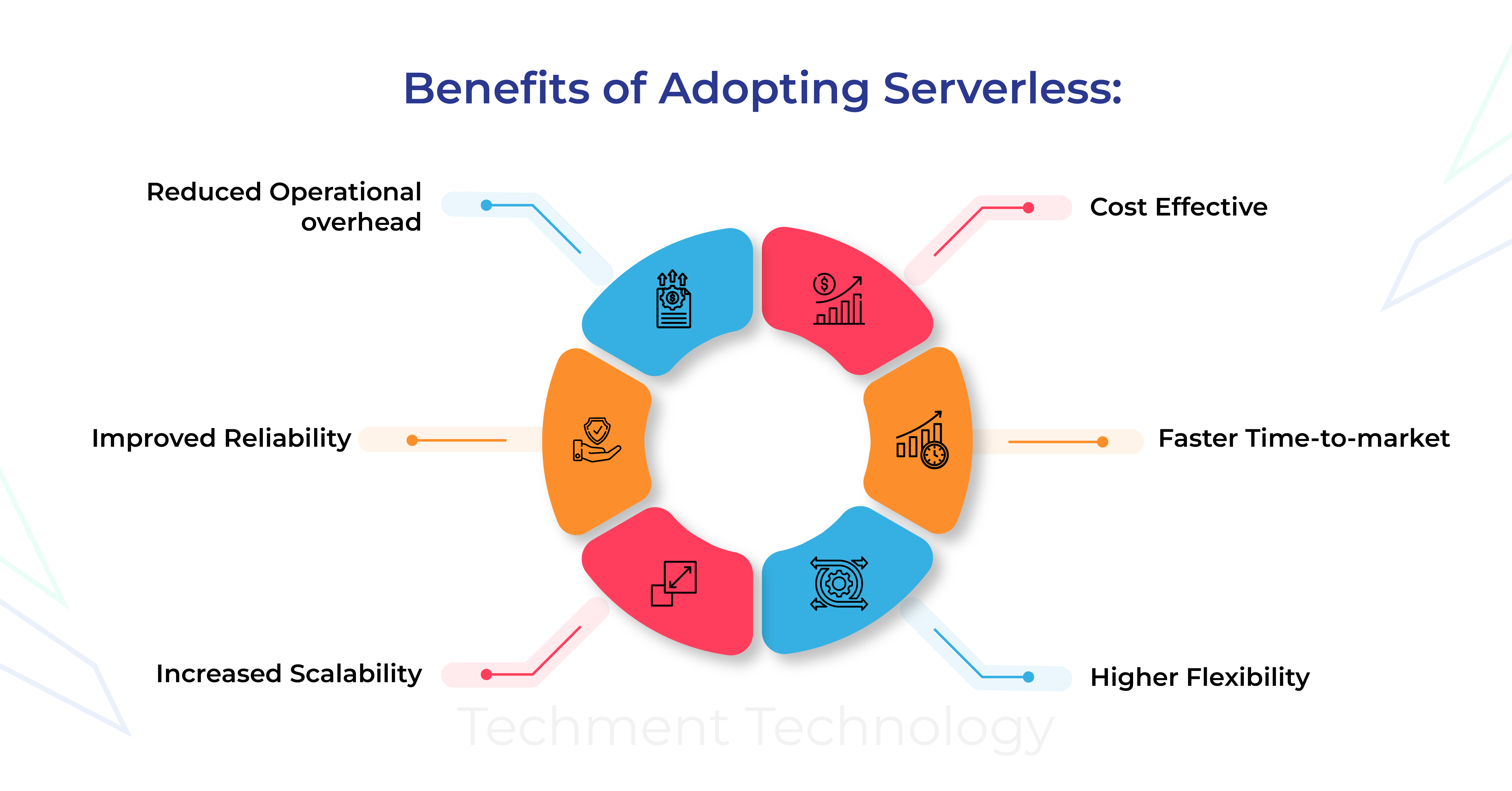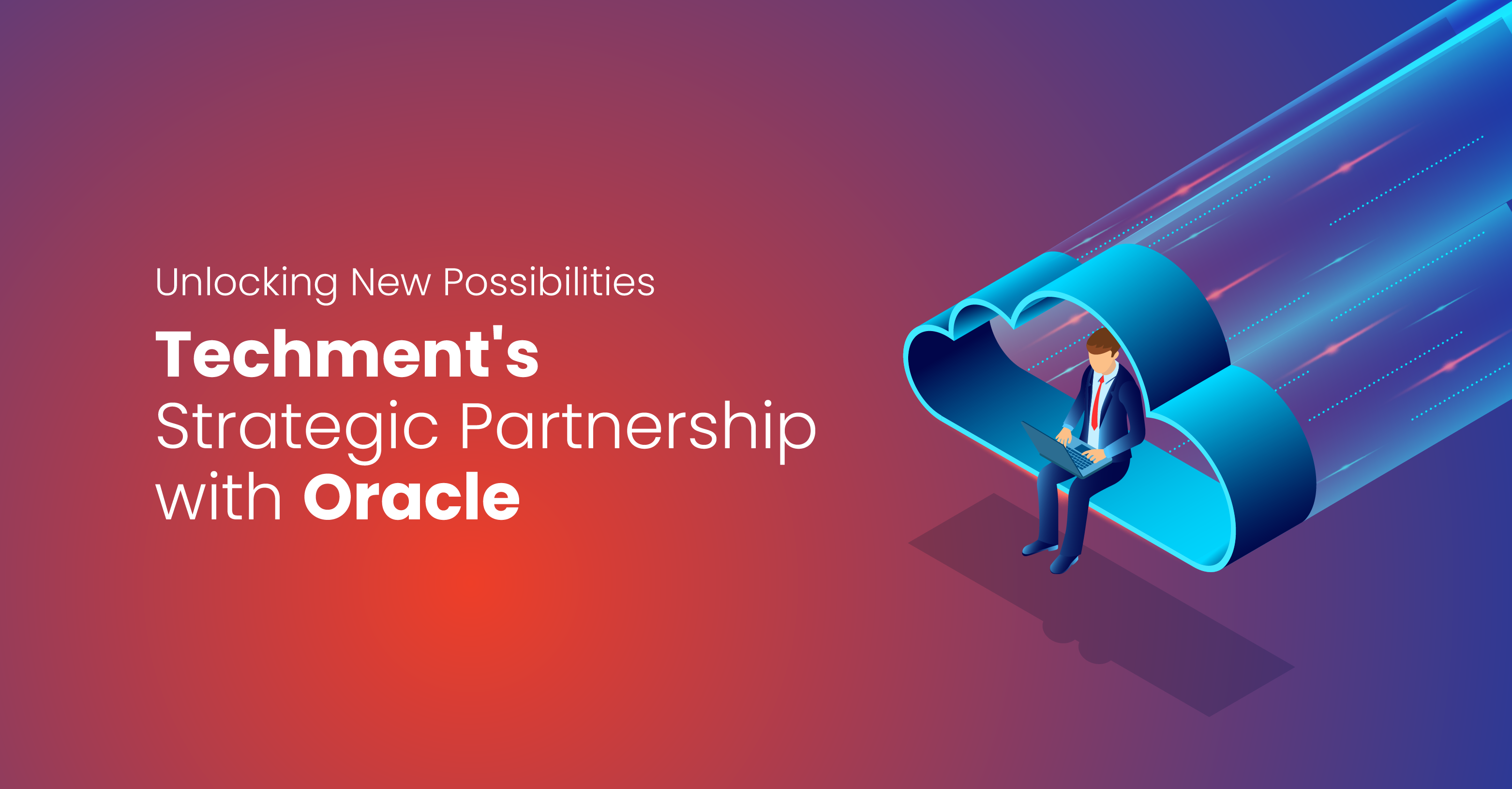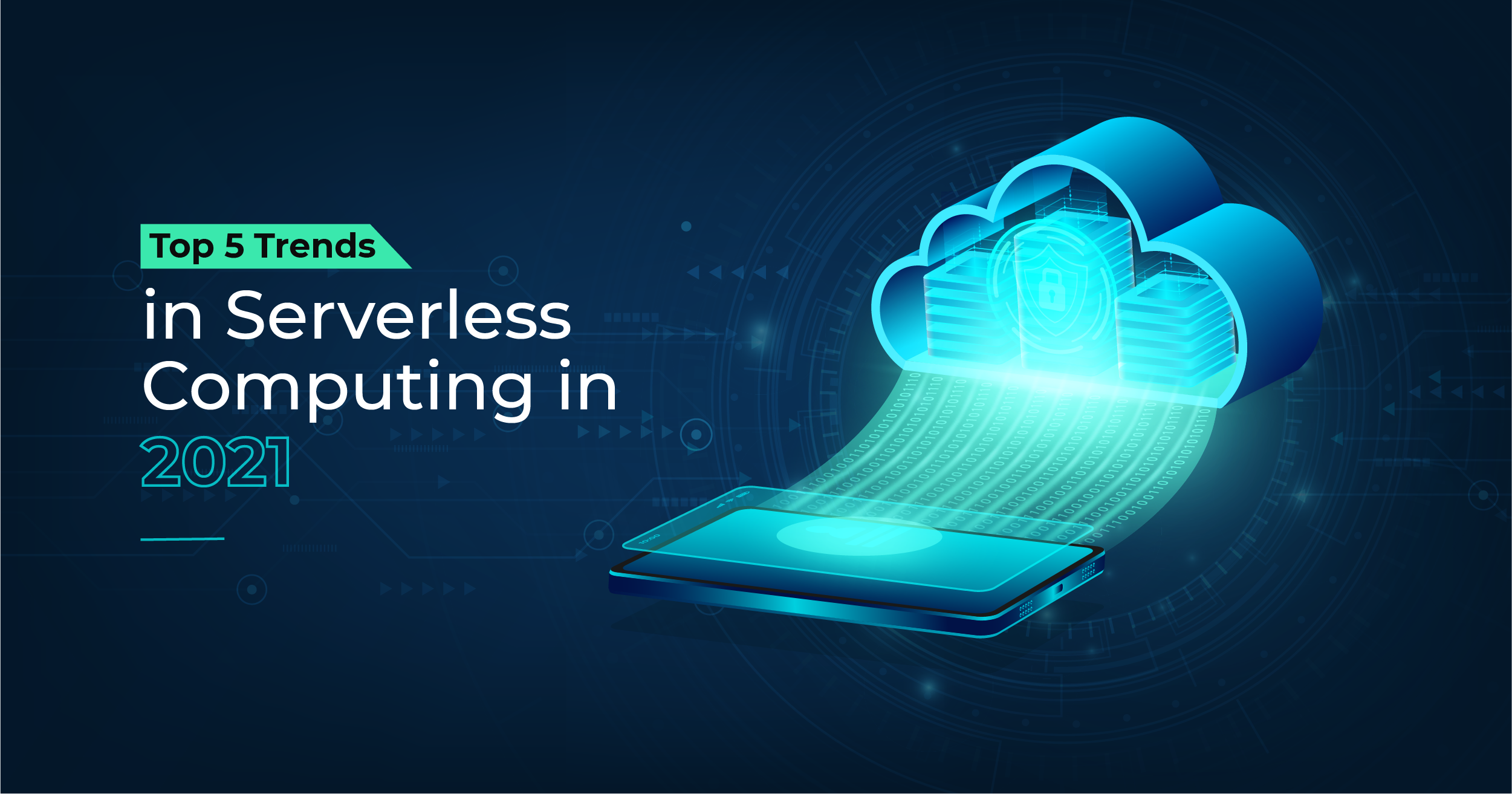Serverless Computing, often called Function as a Service (FaaS), represents a revolutionary paradigm within cloud computing. In this model, the cloud provider assumes full responsibility for overseeing the container that executes service requests, thereby relieving developers from the burdens of infrastructure management. Serverless doesn’t pertain to the absence of servers; rather, it signifies that the cloud provider takes on the role of container management, allowing developers to focus exclusively on writing and deploying functions.
Serverless Computing makes application development easier by handling server management for developers. It allows for more flexible and cost-effective application building and deployment, while offering a more granular, scalable, and cost-efficient approach to building and deploying applications. This empowers developers to craft applications with finer granularity, composing them as a series of discrete functions that execute in response to specific events or triggers, while enjoying the advantages of elastic scalability and reduced operational overhead.
The data-driven process often demands continuous virtual machine usage, even when the code isn’t actively running. This need for uninterrupted server availability, particularly for production servers, can introduce significant risks to the overall workflow. Not only does this persistent server usage drive up operational costs, but it also adds complexities to infrastructure management.
These challenges can be effectively mitigated by transitioning to serverless technology and seamlessly integrating data integration tools with cloud services. By outsourcing server responsibilities to third-party vendors, you can alleviate existing project complications while enjoying additional advantages. The emphasis shifts from server management to application management, in a serverless paradigm. This transition simplifies your DevOps processes and accelerates your time-to-market, allowing you to focus on your applications rather than the intricacies of server upkeep.
As partners, we recognize the significant challenges organizations face when adopting modern data architecture, a cloud-native approach, or best application development practices. This multifaceted decision-making process increases complexity and poses a time-consuming endeavor. Time spent choosing technology could be better used to serve end customers’ needs.

At Techment, we understand the real and impactful challenges that organizations face. So, we choose to leverage the capabilities of Oracle Cloud Infrastructure (OCI). OCI offers a wealth of resources and tools designed to mitigate the cost, complexity, and resource constraints that typically accompany the development and deployment of modern applications. By partnering with OCI, we aim to provide a smoother, more cost-effective, and efficient journey toward creating and launching modern applications quickly and confidently.
Expanding Serverless Portfolio with Oracle Cloud Infrastructure
By alleviating the operational overhead and steep learning curves associated with managing intricate cloud-native technologies within large-scale distributed architectures, serverless solutions are pivotal in enhancing developer efficiency and productivity. This shift not only simplifies the process but also accelerates the adoption of cloud-native capabilities, ultimately contributing to the agility and success of modern applications.
To enhance the serverless computing process, Oracle Cloud Infrastructure(OCI) provides the following facilities:
Revolutionizing Container-based Application: OCI brings new virtual node features for Oracle Container Engine for Kubernetes (OKE) and Container Instances for running container-based apps quickly, securely, and reliably without managing servers. OCI’s Virtual Nodes empower OKE users to achieve seamless, large-scale operations without infrastructure management. These Virtual Nodes introduce precision and eliminate the operational complexities associated with overseeing, expanding, upgrading, and resolving issues related to worker node infrastructure.
Furthermore, for customers seeking to run containers in a cloud environment without the need for orchestration, such as Kubernetes, OCI now presents Container Instances. This feature lets users launch containers in seconds using a single CLI command or an intuitive Console interface. Users can specify their preferred Compute shape, resource allocation, and other optional parameters, providing an efficient and customizable container deployment experience.
Container Instances deliver swift processing and dependable operations and represent the optimal choice for deploying containers in a cloud environment, offering exceptional value.
Flexibility with Open Source or Third-party Tool: Flexibility with Open Source or Third-party Tool: Oracle Cloud Infrastructure (OCI) has consistently prioritized openness, flexibility, and neutrality when accommodating customers’ choices in programming languages, tools, and architectural preferences. OCI is a robust platform that seamlessly integrates with open-source and third-party tools, technologies, frameworks, and ecosystem solutions. Its extensive portfolio also encompasses various managed services, including our Kubernetes service, Kafka-compatible streaming, MySQL database, and more, all built upon popular open-source frameworks.
By embracing Oracle Cloud Infrastructure’s (OCI) serverless solutions, enterprises can unlock a range of advantages, including flexibility, scalability, cost-effectiveness, and enhanced security measures. These offerings alleviate the complexities associated with infrastructure upkeep, liberating organizations to concentrate their efforts on their core business pursuits.
This empowers enterprises to tackle the complex demands of the digital era, fostering an environment conducive to innovation and sustainable growth.
How We Utilized Serverless Architecture for Our Client?
We developed a customized intelligence solution for one of our clients in the property tax space. We leveraged a serverless architecture to ensure scalability, cost-efficiency, and seamless management.
Our highly organized frontend and backend components of the visualization platform were carefully designed and stored in Git repositories for version control and collaborative development. We relied on the cloud provider’s service to deploy these components, which facilitated the building and deployment process, ensuring that the platform remained responsive and agile.
We automated ETL (Extract, Transform, Load) processes, ensuring that data was processed efficiently and made ready for analysis. To ensure robustness, we adopted the provider’s Infrastructure as Code (IaC) to define and deploy the entire system in a structured manner, ensuring consistency and scalability.
Ultimately, the outcome of our serverless architecture was a visually rich platform that provided actionable insights derived from property tax data.
Serverless to Revolutionize Cloud-native Functionalities
To expedite the integration of cloud-native technologies, enterprises are increasingly turning to serverless technology. This approach streamlines the development and operational aspects of critical functionalities that form the cornerstone of application modernization. These include container runtime options, queue messaging for contemporary service communication, and workflow orchestration for creating composable, reusable automation flows and application logic.
As many enterprises acknowledge advantages like financial efficiencies, cost saving, and heightened developer efficiency, serverless platforms will evolve. This will result in accelerated development cycles, quicker time-to-market, and reduced operational overhead, as DevOps teams could shift their focus from infrastructure maintenance to more strategic tasks.
Techment has partnered with OCI to deliver comprehensive solutions that address the complexities of modernization endeavors and capitalize on OCI’s cutting-edge infrastructure and services. With this, we will help our clients navigate the challenges of technology selection, architecture design, and application deployment, ultimately accelerating the organization’s digital transformation journey while ensuring the highest performance and security standards.
To know more about our services, get in touch with our experts.
 All Posts
All Posts

